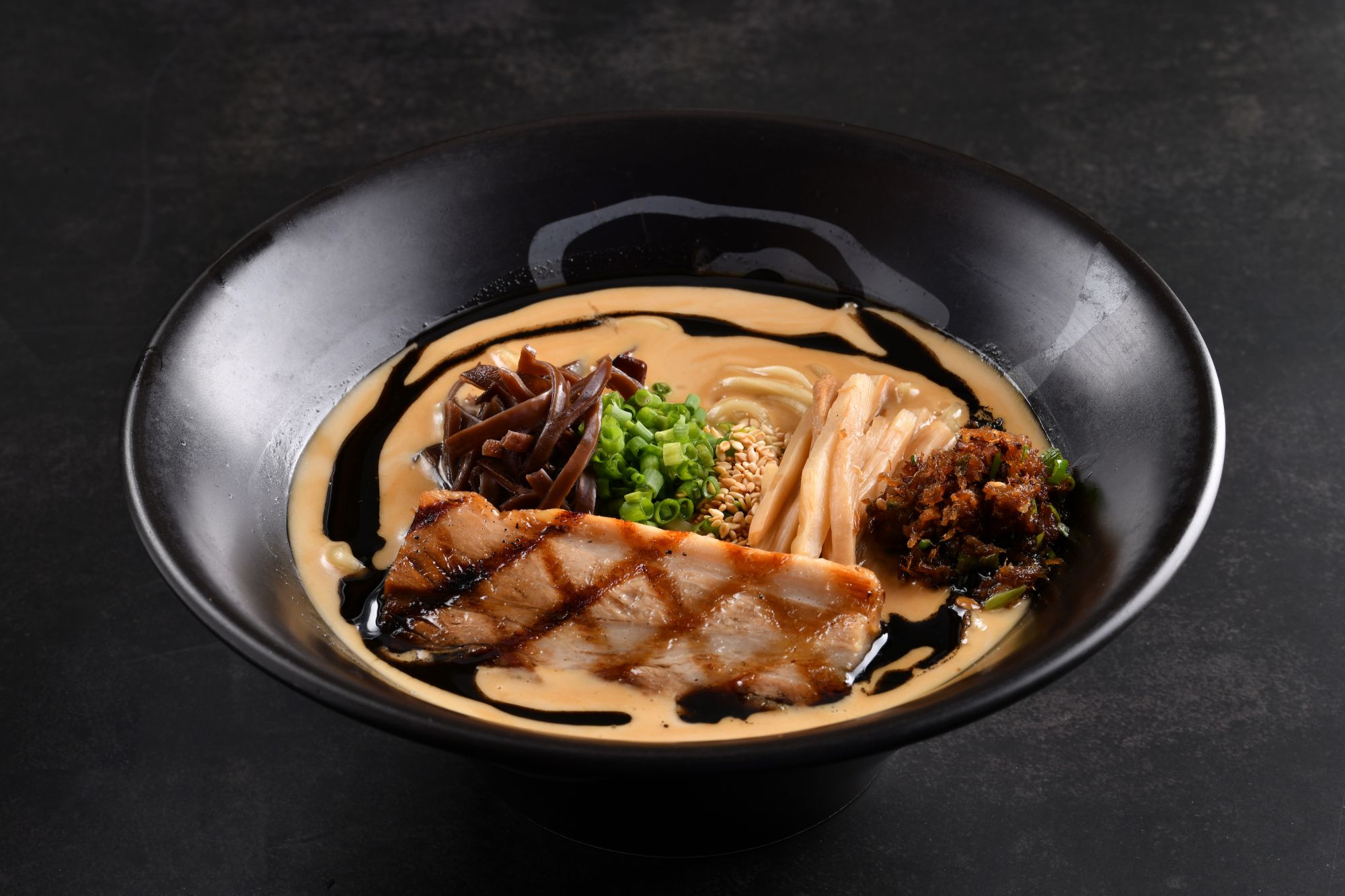Its rich broth that bursts with umami flavours instantly warms the heart—too irresistible especially on cold, rainy days
For some of us, there is truth in the lyrics of the song Rainy Days and Mondays by the Carpenters. When it rains and gets colder, we get that vibe that makes us feel down. And what better way to uplift our mood in the gloomy, rainy season than by savouring a steaming bowl of noodle soup? Like a fleece blanket, each spoonful of its flavourful broth envelopes us with the warmth and comfort we need in the cold. While there is a wide array of noodle soup dishes globally, one that is a constant favourite is ramen.
Literally means “pulled noodles”, ramen, which typically consists of egg noodles bathing in pork broth seasoned with shoyu (soy sauce), shio (salt) or miso (soybean paste), is believed to have been introduced to Japan by Chinese immigrants in the 19th century. Another theory is that ramen was introduced to Japan as early as the 1660s by Zhu Shunsui, a Chinese neo-Confucian scholar who served as an advisor to powerful Japanese magnate, Tokugawa Mitsukuni, after he became a refugee in Japan to escape the Qing Dynasty. It is believed that Mitsukuni became the first Japanese person to eat ramen, although most historians reject this theory as a myth.
Ramen is often topped with chashu (pork slices) or in some cases, ground pork, as well as nori (dried seaweed), menma (bamboo shoots), scallions and tamago (egg). In Japan, almost every region has its own version of this noodle soup dish. In recent years, ramen restaurants have proliferated in the Philippines including global franchises and hole-in-the-wall, homegrown brands.
Next time it rains or just when you feel like having a bowl of this comfort food, check out some of the best ramen places we list down below in no particular order:
Read more: These are the 6 best ramen shops in Tokyo, according to Tabelog
1. Mendokoro Ramenba and Ramen Yushoken


Established in 2011, Nippon Hasha Inc is the umbrella company that brought to Manila two most-loved ramen places: Ramen Yushoken in Alabang and Mendokoro Ramenba in Makati, both of which now boast multiple branches throughout the country. With its name that translates to "House of Ramen Champions", Ramen Yushoken opened in 2012 after the group met three ramen champions including the “ramen god” Kazuo Yamagishi. Two years later, the group opened the first ramen bar concept in the Philippines, Mendokoro Ramenba, which had people brave the long lines due to its popularity.
The two restaurants have a similar menu, of which the bestsellers are the shoyu and tantanmen. Refined for years by the Japanese chef and ramen champion Hideaki Aoyama, Shoyu highlights a tonkotsu broth infused with its signature soy and is served with menma, kikurage, toasted sesame seeds, spring onions, toasted chashu bits, dashes of a house-made mayu (black garlic oil), and a cut of premium chashu. Those who can handle the extra heat will love the Tantanmen which has the tonkotsu broth infused with white sesame paste cooked with chilli and some secret ingredients. Enjoy it with a side of blanched Taiwan pechay, a hearty cup of pork bits tossed in a signature tare (dipping sauce) and chilli oil.
Tatler tip: Try the gyoza (pan-fried Japanese pork dumplings) and an extra serving of aji tamago (soft-boiled eggs marinated in a special sauce). Take-home kits are also available.
Where to order: Dine in; takeaway kits; nipponhasha.com; @mendokoro_ramenba; @ramen_yushoken
See also: Food pho the soul: Where to order pho in Metro Manila


